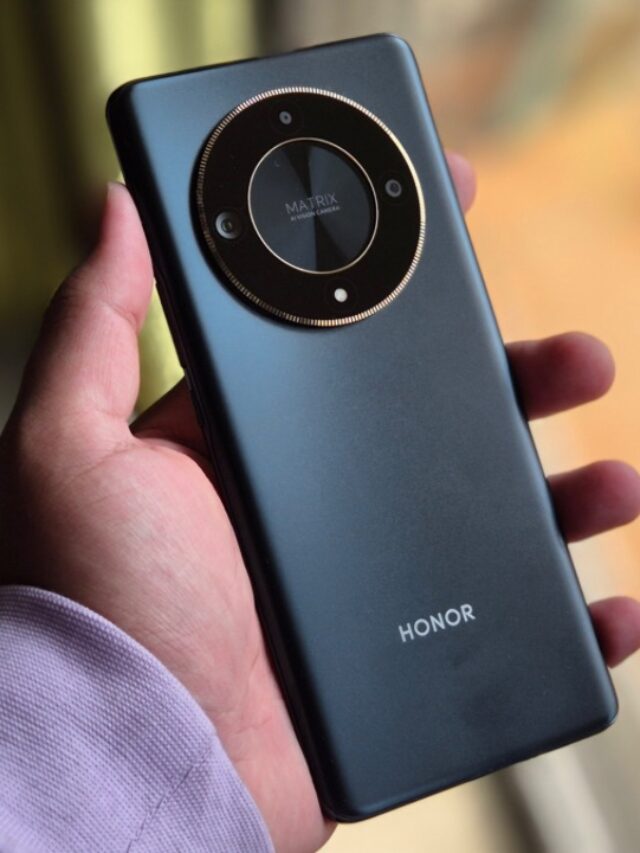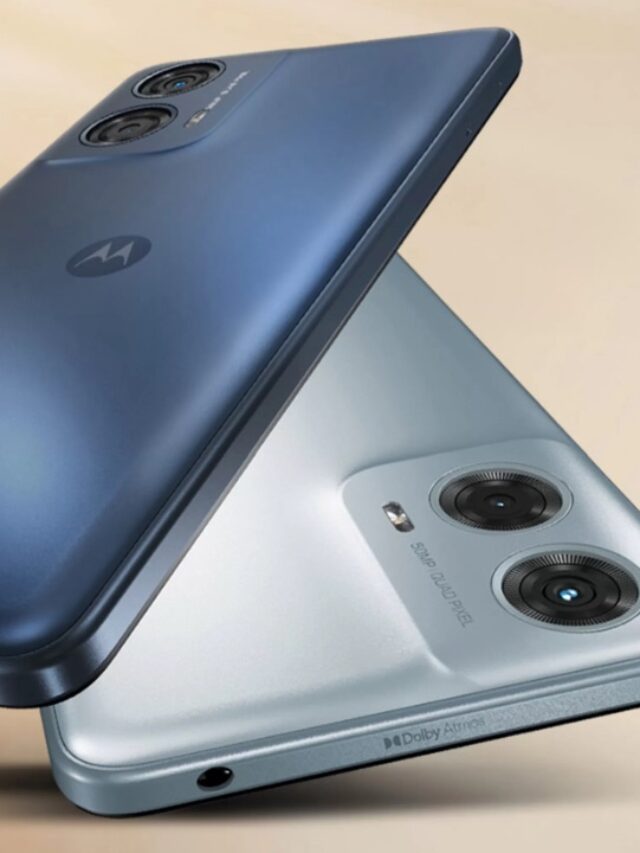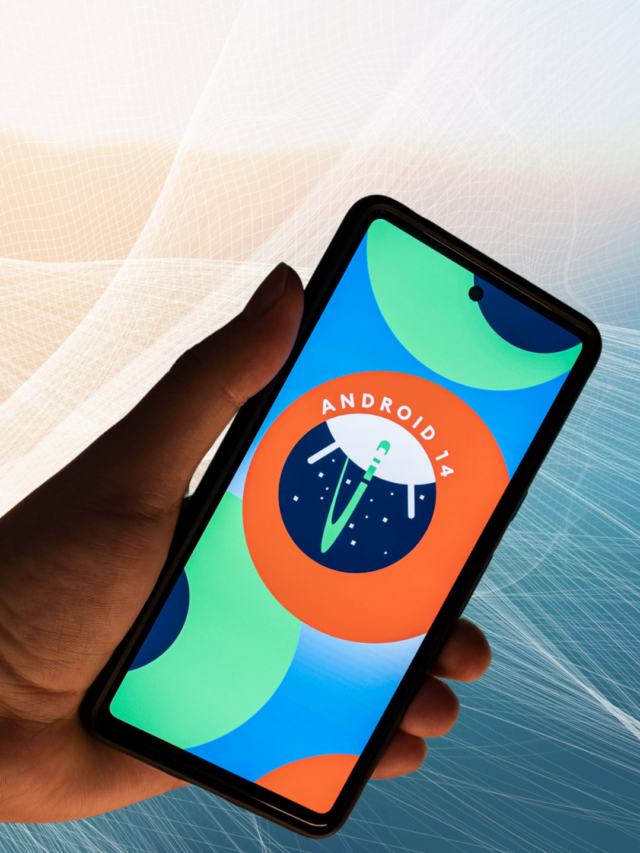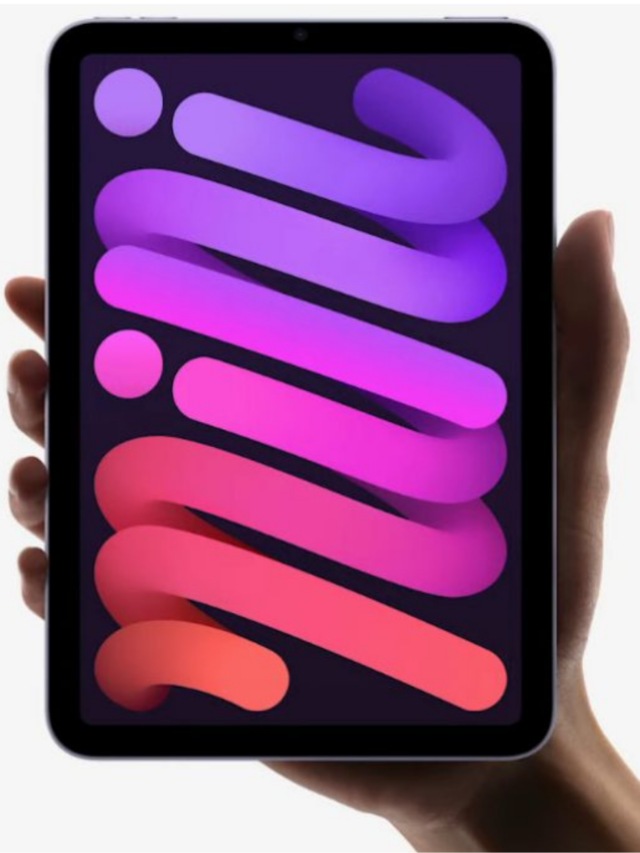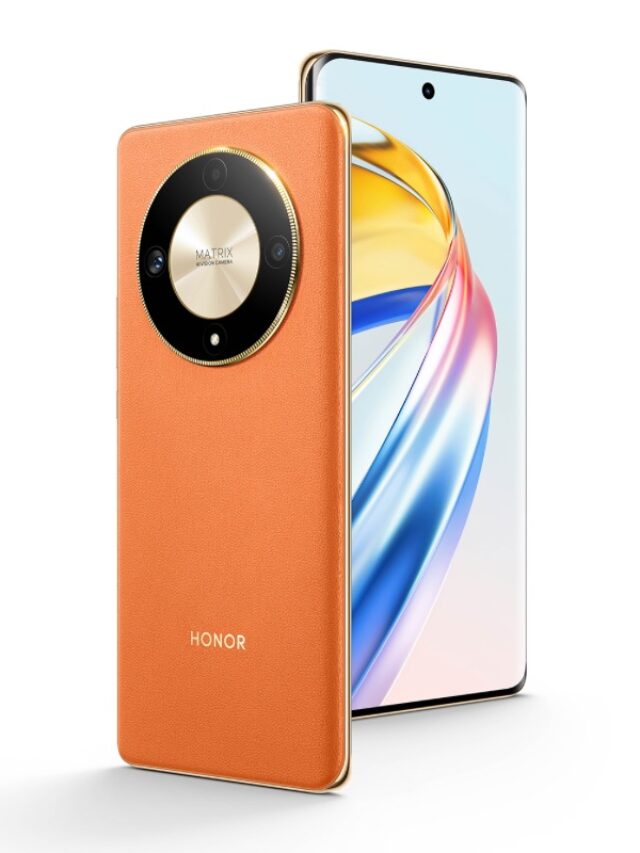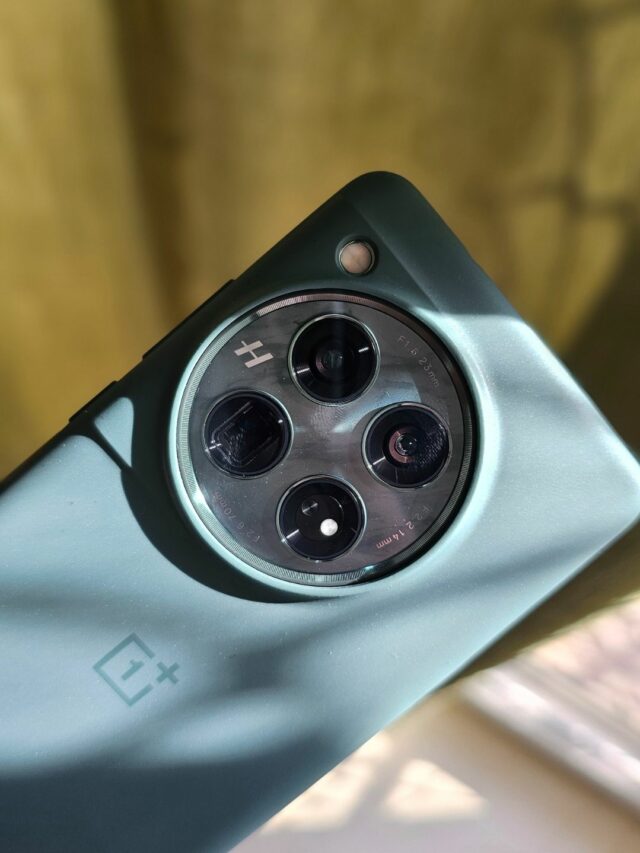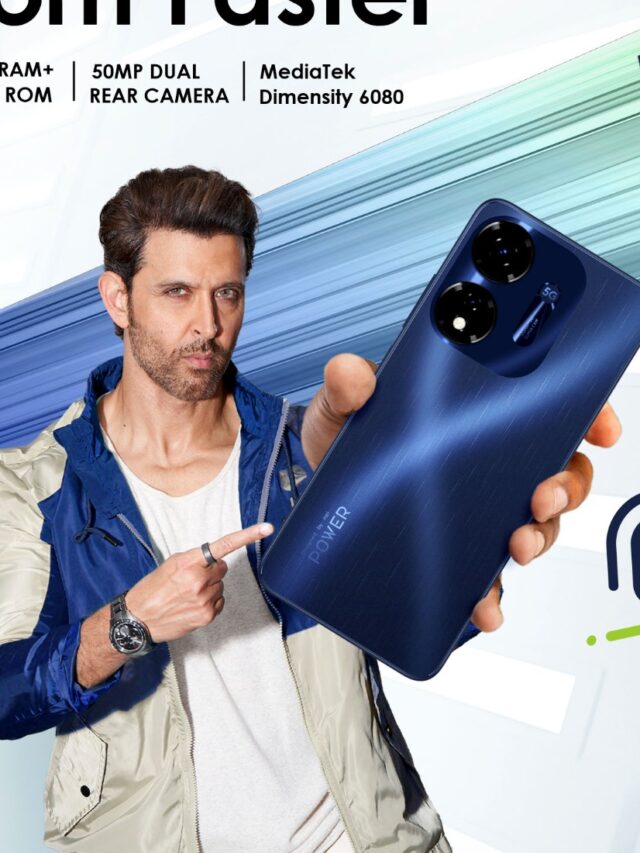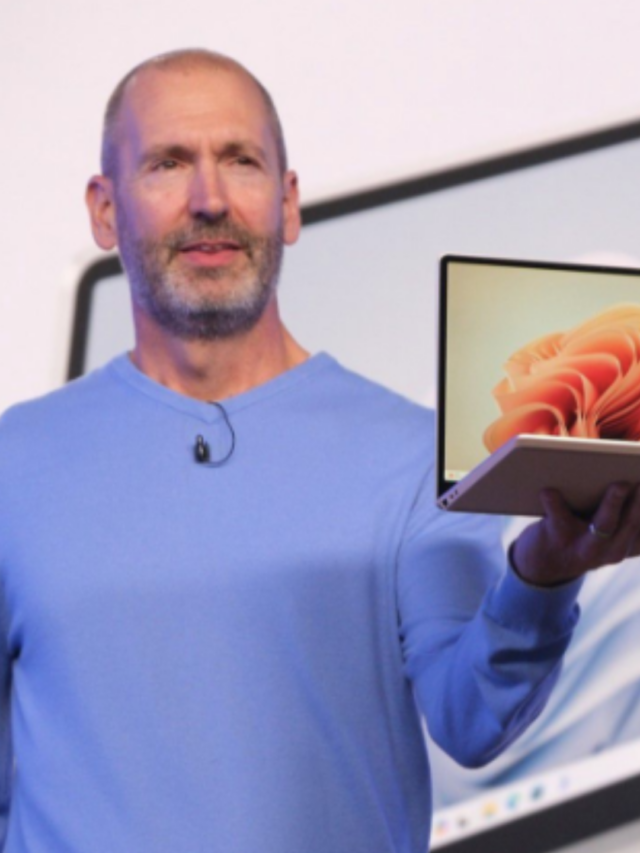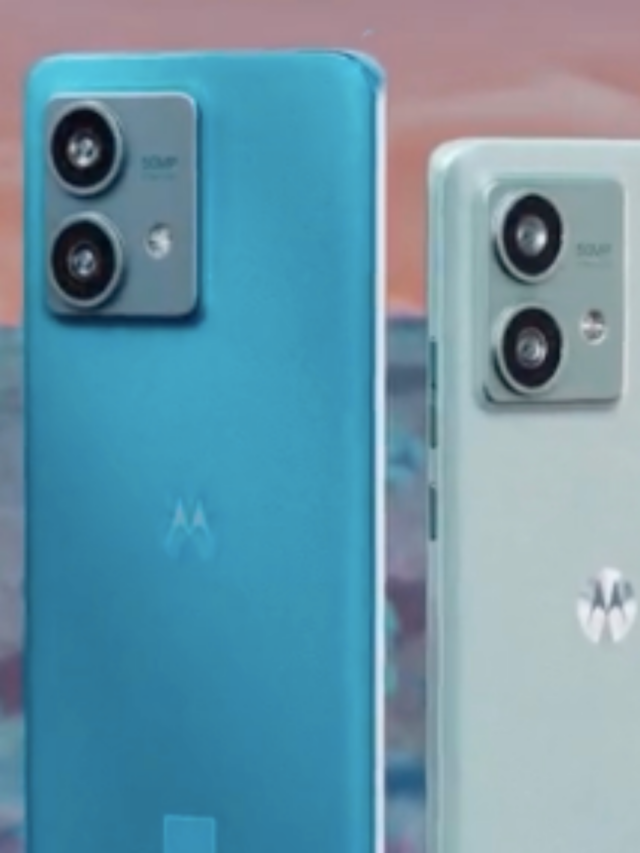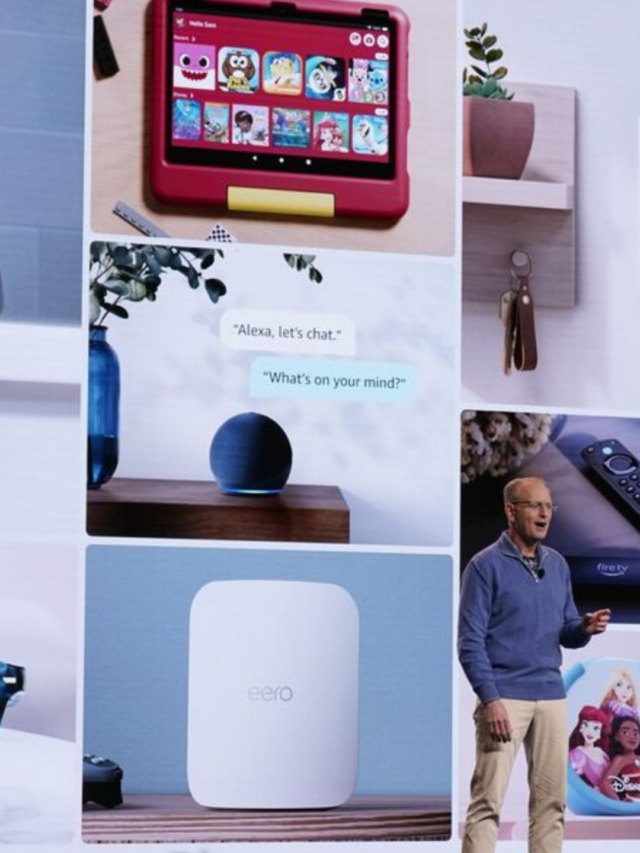TOP NEWS

Lava smartwatch X Factor Kya hai : What next? Android 14 kab?
26:12

Lava Prowatch ZN: First look
01:00

New Samsung QLED AI TVs: Cost more than Rs 1L
01:00

Moto G64 5G Battery Features
00:36

Moto G64 5G Display: Cost cutting ya best feature?
00:42

Moto G64 5G: Price and offer Price
00:52

Moto G64 5G: What is NEW?
19:33

Realme Telling LIES to Sell Realme P1 Pro 5G In India
01:00

CALL Forwarding to be deactivated
00:59

Samsung Galaxy M55 5G: What is New?
01:00


